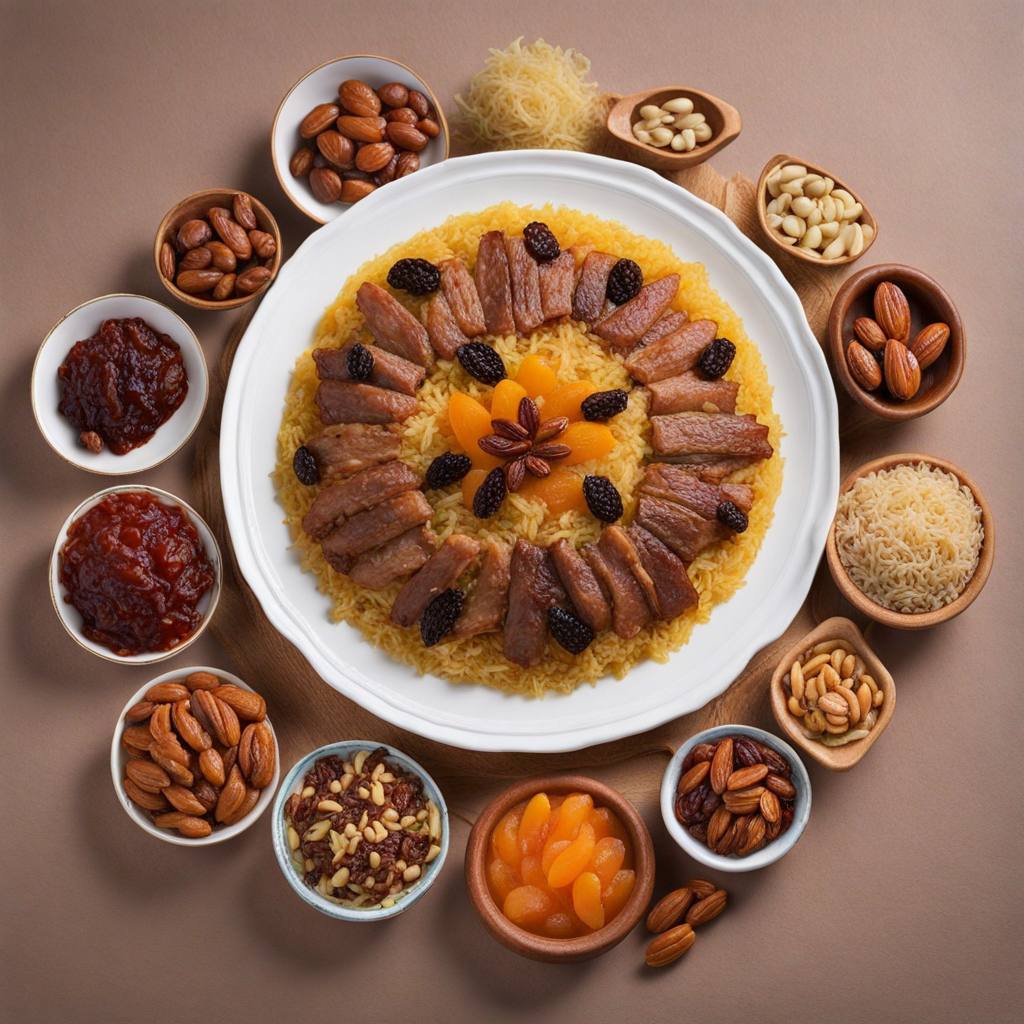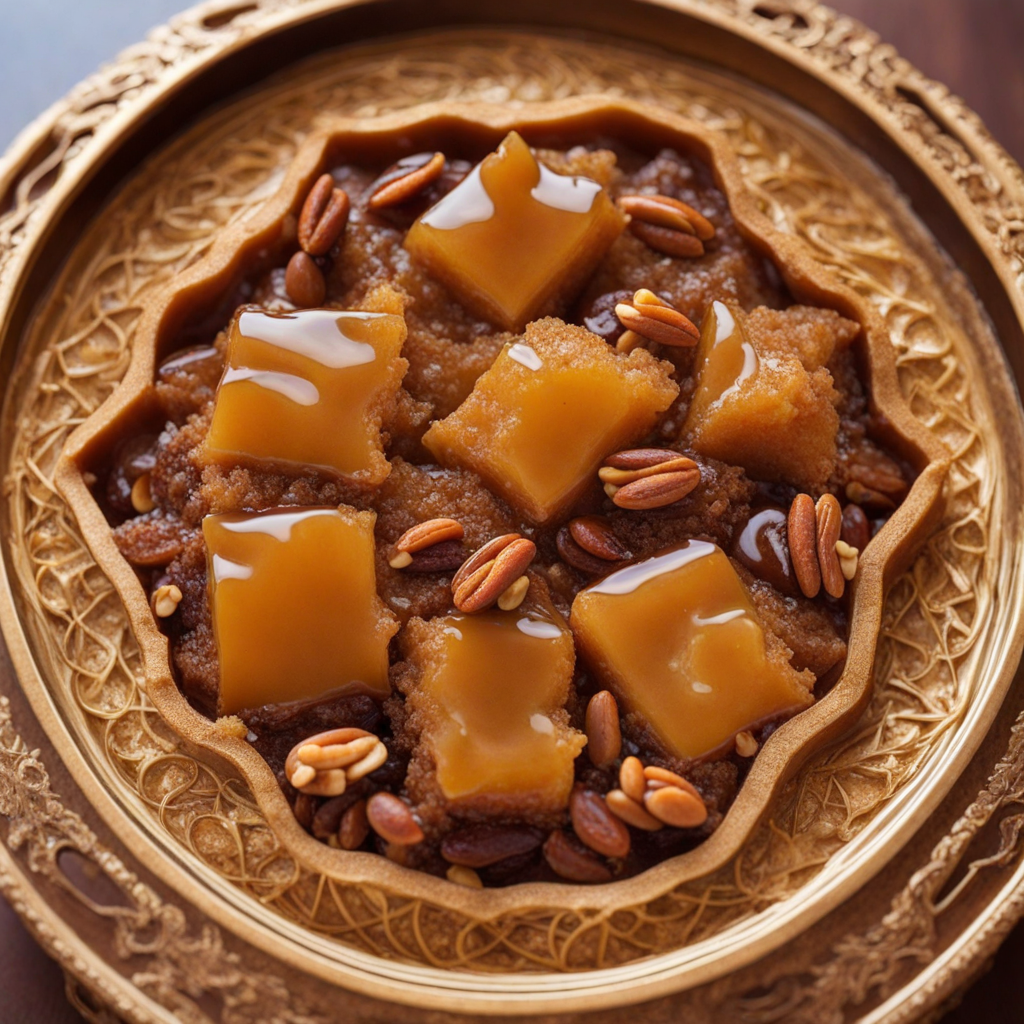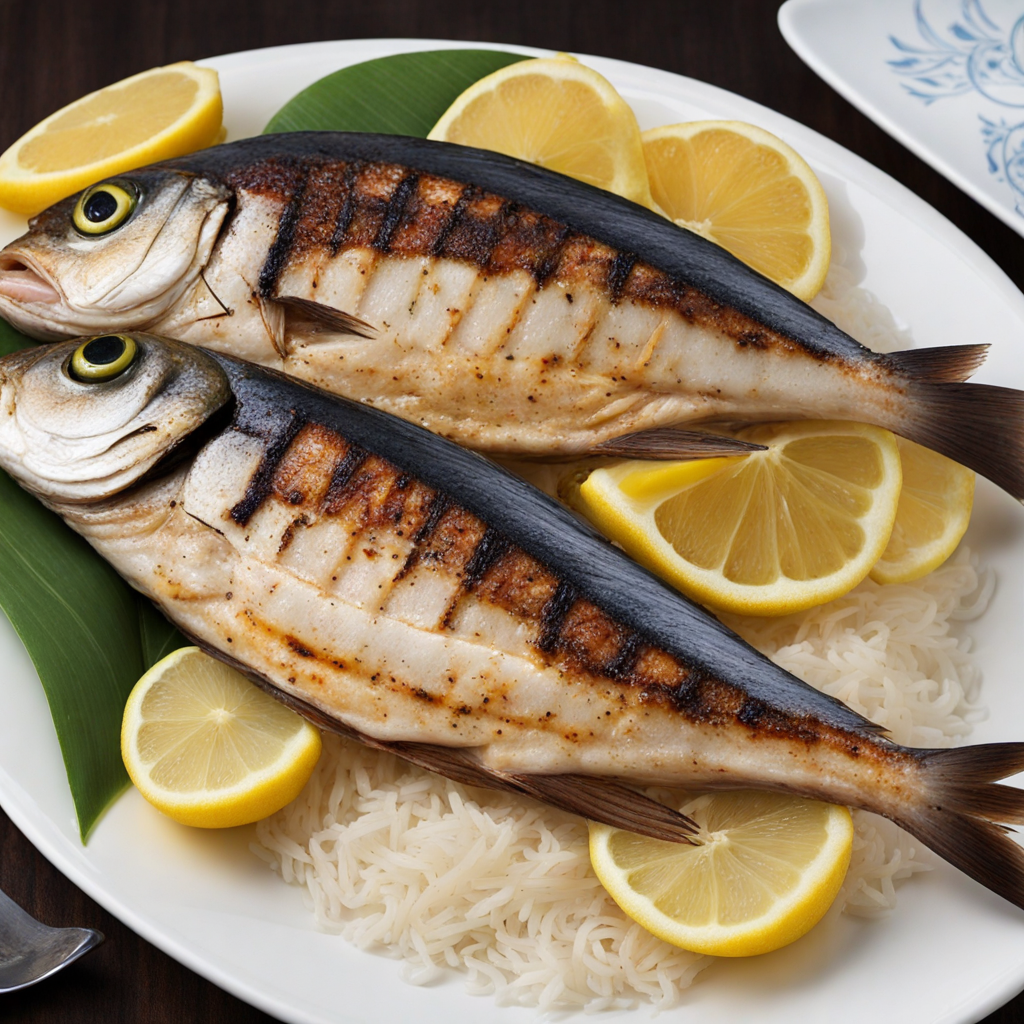Sakhana
Sakhana is a traditional Omani dish that beautifully showcases the rich culinary heritage of Oman. At its core, Sakhana is a hearty and aromatic stew primarily made with tender pieces of meat, often lamb or chicken, simmered to perfection with a medley of spices. The spices typically include a blend of cumin, coriander, turmeric, and sometimes saffron, which infuse the dish with a warm, earthy flavor profile that is both comforting and invigorating. The slow-cooking process allows the flavors to meld together, creating a savory sauce that envelops the meat and any accompanying vegetables, making each bite a delightful experience.
How It Became This Dish
The Enigmatic History of 'سخانة' (Sakhana) in Oman Origins and Etymology The dish known as 'سخانة' (Sakhana) holds a cherished place in Omani culinary traditions, with its origins deeply rooted in the region's cultural and historical tapestry. The term ‘Sakhana’ is derived from the Arabic root word "سخن" (sakhin), which translates to "to heat" or "to be hot." This etymology hints at the dish’s nature—being a warm, comforting meal that embodies the essence of hospitality in Omani culture. Historically, Oman’s geographic location at the crossroads of trade routes between Africa, the Middle East, and Asia facilitated a unique culinary exchange. As a nation that has seen the tides of various cultures and civilizations, its food reflects a blend of influences, including Persian, Indian, and East African elements. Sakhana, with its robust flavors and hearty ingredients, embodies this melting pot of traditions. Ingredients and Preparation At its core, Sakhana is a savory dish made primarily from meat, often lamb or chicken, and a variety of spices, including cumin, coriander, turmeric, and saffron. One significant aspect of Sakhana is its use of rice, which is a staple in many Middle Eastern diets. The rice is typically flavored with the drippings from the cooked meat, allowing it to absorb the rich flavors, creating a dish that is as aromatic as it is hearty. The preparation of Sakhana is a communal experience, often involving family members gathering to cook together. Traditionally, the meat is marinated and slow-cooked, allowing the spices to meld into the meat, creating tenderness and depth of flavor. The rice is then cooked in the same pot, absorbing the essence of the meat and spices. This method of cooking not only enhances the taste but also fosters a sense of togetherness, celebrating the communal aspect of food preparation. Cultural Significance In Oman, Sakhana is more than just a dish; it is a symbol of hospitality and community. Omani culture places great importance on generosity, particularly when it comes to food. Offering Sakhana to guests is a gesture of welcome and respect, reflecting the values of the host. It is common for families to serve Sakhana during gatherings, celebrations, and religious holidays, reinforcing its status as a dish that brings people together. The communal aspect extends beyond cooking to the manner in which Sakhana is served. Traditionally, it is presented on a large communal platter, encouraging diners to share and interact. Eating directly from the platter, often with the hands, fosters a sense of bonding and intimacy among those gathered. This practice highlights the Omani belief in the importance of shared experiences in building social connections. Historical Context and Evolution The history of Sakhana is intertwined with Oman’s broader culinary evolution. The dish likely evolved from the ancient practices of nomadic tribes who relied on meat and grains for sustenance. As Oman transitioned from a nomadic lifestyle to more settled communities, the preparation and presentation of Sakhana evolved, reflecting changes in social dynamics and cultural exchanges. Throughout the centuries, Oman has been influenced by various empires and cultures, including the Persians and the Portuguese, who established trade routes along the coast. These influences introduced new ingredients and cooking techniques, which gradually found their way into Omani cuisine. For instance, the use of spices in Sakhana may have been enhanced through trade with India and East Africa, where spices were abundant and highly valued. During the 20th century, as Oman underwent significant social and economic transformations, the culinary landscape began to reflect these changes. The discovery of oil and subsequent modernization brought new ingredients and cooking methods into Omani kitchens. However, traditional dishes like Sakhana remained central to Omani identity, serving as a link to the past amidst rapid modernization. Sakhana in Contemporary Oman Today, Sakhana continues to be a beloved dish in Oman, enjoyed by both locals and visitors. It is often featured in restaurants that specialize in traditional Omani cuisine, showcasing the rich heritage of the nation. Additionally, Sakhana has gained recognition beyond Omani borders, celebrated in food festivals and culinary events, where chefs showcase their interpretations of this classic dish. The modern adaptation of Sakhana can also be seen in the way it is presented. While traditional methods remain prevalent, contemporary chefs are experimenting with flavors and presentation styles, incorporating global culinary trends while respecting the dish's roots. This evolution reflects the dynamic nature of Omani cuisine, which thrives on innovation while honoring its traditions. Conclusion In summary, Sakhana is a dish that encapsulates the essence of Omani culture, representing hospitality, community, and the rich historical tapestry of the nation. Its evolution reflects the interplay of various cultural influences that have shaped Oman over the centuries, while its enduring popularity speaks to the dish's deep-rooted significance in social gatherings and celebrations. As Oman continues to navigate the complexities of modernity, Sakhana stands as a testament to the power of food in bridging generations, communities, and cultures, ensuring that the warmth and camaraderie it embodies remain alive for years to come.
You may like
Discover local flavors from Oman







